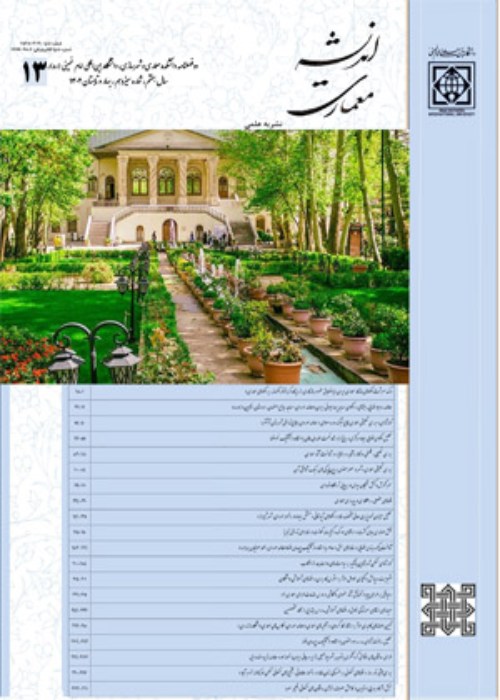Application of Observational Study in Order to Design Urban Pedestrian Environment Based on User’s Behavioral Patterns; Case Study: The Riverside of Babolrood, Babolsar
Research Problem:
The natural structures within the city improve the quality of them, from ecological and aesthetic aspects to social values and additionally, they are very important for the sustainability of the city. Therefore, the riverside of Babolrood in Babolsar due to the creation of a suitable space despite the greenery, river, recreational and commercial centers and the presence of vendors, takes the attention of residents, students, pedestrians, and even travelers are drawn to perform various leisure activities. One of the most important issues in this area is the inflexibility of the space, which disrupts activities and, as a result, leads to different, overlapping, and sometimes contradictory behaviors that are happened by users. Despite the high potential, this area is more in the form of a passage where most of its users are just moving aimlessly in various forms, and if there is a stop, it is just a short sitting to relieve fatigue.
The main questions of the current study are:1- How can we utilize the behavioral patterns in environmental design?2- Which characteristic of architectural design should be considered in the riverside of Babolrood so that the existing space meets the user’s behavioral patterns?
The research method of the current study is divided into three stages. In the first stage, the exploratory observation was used to obtain preliminary information; then, in the second stage, the behavioral study was performed in the are for 48 days (4 days in each month for one year) on Saturdays, Mondays, Thursdays, and Fridays. In the third stage, simultaneously with the observations using interviews, to reach a direct relationship with the audience. Notwithstanding the data collection, process was performed without intermediaries; the information was analyzed through qualitative content analysis.In order to achieve to this stage, firstly the behavior's frequency that is less than the one percent of the total cases, which means 400 observation cases, was not considered. In another word, the behaviors with the minimum numbers of 400 considered as repetitive behavior, and behaviors with less repetition than 400 are neglected. The next step belonged to behavioral plans. Due to reach clear behavioral plans, all behaviors for both genders (except children) were marked on happening location. The schematic behavioral patterns extracted which demonstrate the most compressed area in which repetitive behaviors happened.
The results of this study show that the available spaces are not used as predicted, behaviors do not occur in the predicted spaces, small activities, and dens of them at one point play a major and decisive role in deviation. Pedestrians deviate and will not use the routes if they do not have sufficient security and social monitoring. Finally, the information extracted from the data, including component, item, purpose, characteristics of behaviors, and spatial requirements, represented as a conclusion.
-
Identifying the Influencing Elements on the Citizens' Cognitive Map on Strengthening the Sense of Place (Case Study: Aliqapu Ardabil Pedestrian Street)
Nasrin Mohammadi, *
Journal of SHAHR-HA, -
The Influence of Ritualistic Landscapes on Public Perceptions for Advancing TourismThe Case of the Haft-Cheshmeh Bridge and the Nousti Ceremony in Ardabil
Nasrin Mohammadi Irloo, *
Tourism of Culture Journal, -
Impact Assessment of Second Homes on the Social and Economic Sustainability of Coastal Cities in Mazandaran Province: Nur, Chalus and Babolsar
Elyas Kazemzadeh Meschi *, , Nosratollah Goudarzi
Journal of Architecture and Urban Planning, -
Applying Users' Environmental Preferences as an Approach to Improving Urban Riverside Spaces; Case study: Riverside of Babolrood, Babolsar.
Amirsam Saadati, *,
Journal of Architect, Urban Design & Urban Planning,





